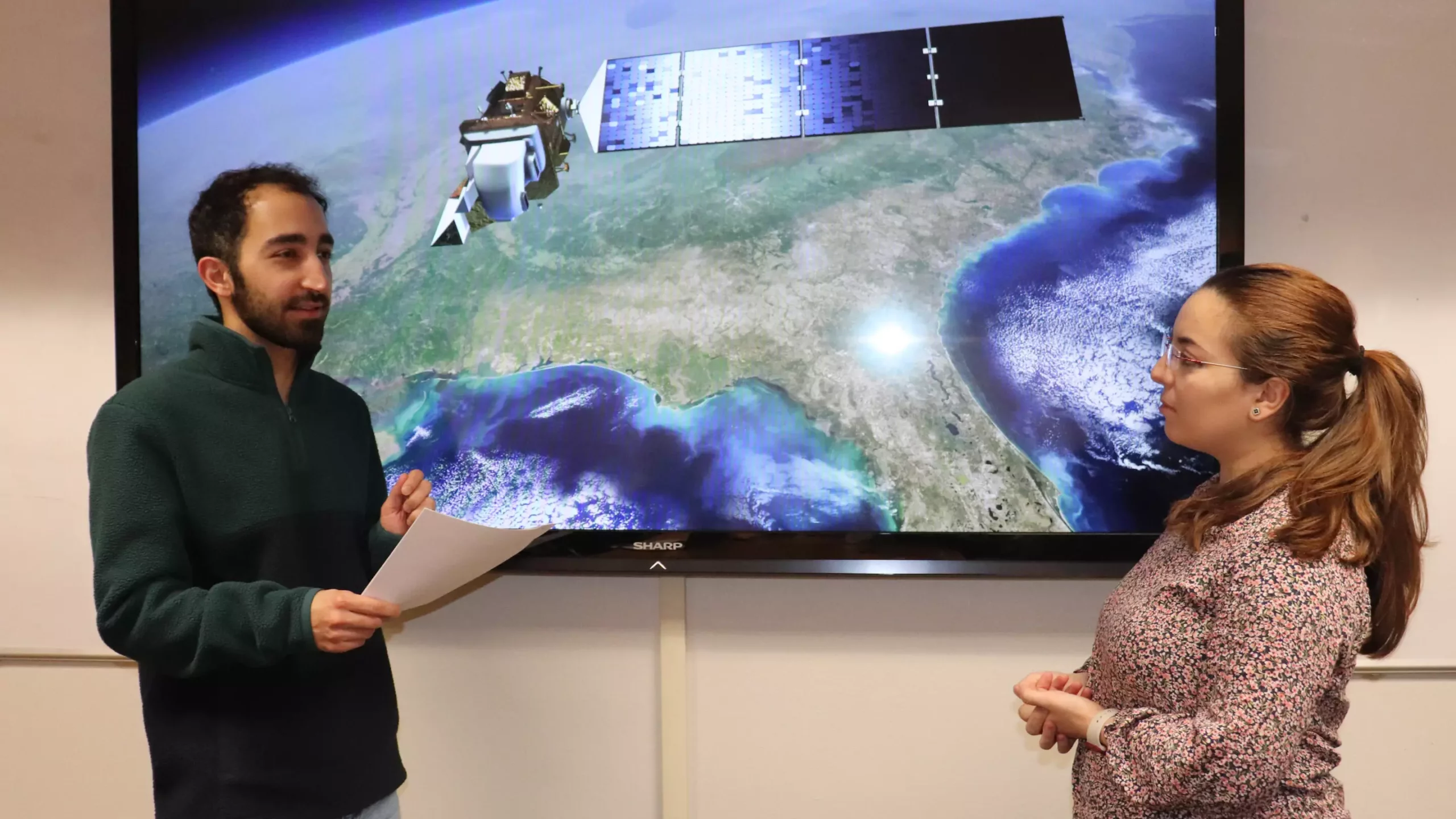The information provided about the challenges in distilling usable water data from satellites is intriguing. Water managers indeed require accurate data for effective water resource management. The trade-off between high spatial and high temporal resolutions in satellite data presents a significant obstacle in obtaining precise information. Integrating data from various satellites to enhance accuracy is a commendable goal.
The Hydrological Generative Adversarial Network (Hydro-GAN) proposed by the team of researchers is an innovative approach to address the limitations in existing data fusion methods. This machine-learning based model aims to map low-resolution satellite data to high-resolution counterparts. The integration of data collected by MODIS and Landsat 8 satellites showcases the potential of Hydro-GAN in improving the resolution of water boundaries.
The researchers utilized a dataset from 20 reservoirs spanning seven years to conduct a case study on Lake Tharthar in Iraq. By evaluating the shrinking and expansion behaviors of the lake using Hydro-GAN, they were able to enhance predictions regarding its changing area. The significance of such accurate predictions for hydrologists and environmental scientists, especially in managing water supply sustainably, cannot be overstated.
The ability of Hydro-GAN to generate high-resolution data at historical time steps opens up new possibilities for forecasting and monitoring water bodies. The potential of employing a multi-modal approach to provide comprehensive data including topology, snow data amounts, streamflow, precipitation, and climate variables is promising. This holistic view can greatly benefit water managers in making informed decisions.
The development and implementation of Hydro-GAN as a tool for water resource management represent a significant advancement in the field of hydrology. The researchers’ dedication to improving the accuracy and resolution of satellite data for monitoring water bodies is commendable. The successful application of Hydro-GAN in the case study of Lake Tharthar demonstrates its potential for enhancing predictions and aiding decision-making processes. Moving forward, the integration of additional data sources and variables can further enrich the capabilities of Hydro-GAN in providing comprehensive water data.



Leave a Reply